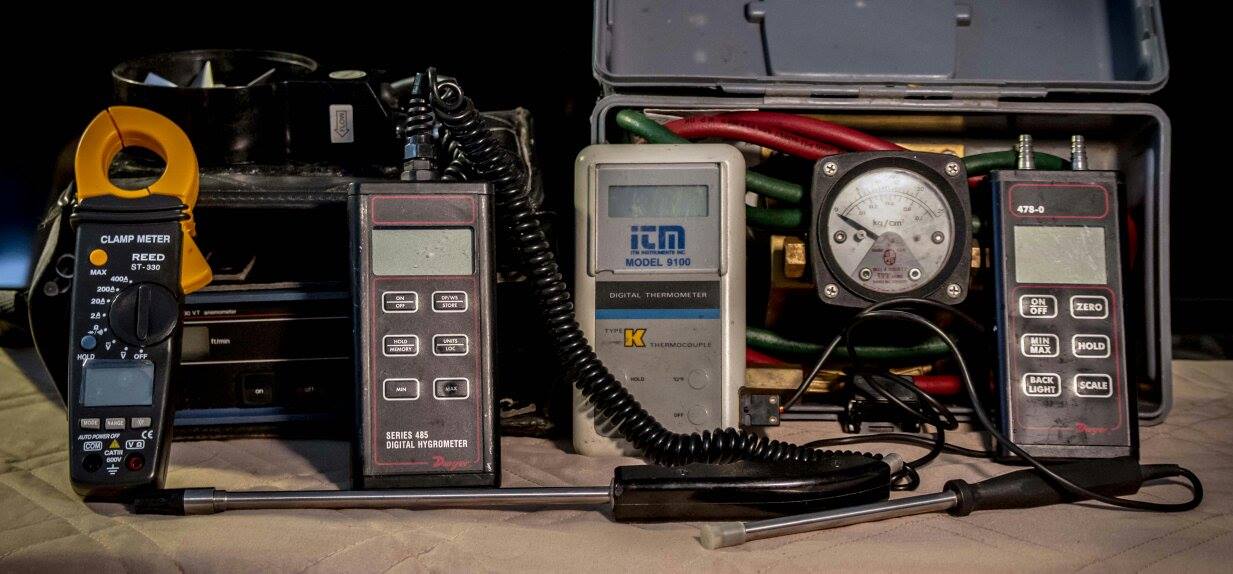Oral presentation this page. Click here.
Water Treatment Principles and Design

To understand water treatment principles and design (heating and cooling) it must be understood that it is essential to the health and safety for all occupants of all varied types of buildings, office, commercial, institutional and industrial.
Water treatment for all types of buildings is essential to maintain all building systems, especially HVAC systems, in good working order to ensure control of comfortable space temperatures and levels of humidity. Water treatment also ensures maximum operating life of the mechanical systems components.
Most critical issues addressed by proper water treatment are:
Cooling Water
Today’s technology uses state of the art monitors and controls that ensure optimum water reuse with minimum makeup water to prevent corrosion, scaling and microbe contamination. In most new buildings the monitoring and control of chemical addition is automatic and the initial set up is done by companies experienced in this type of system. This is usually the same company that will provide the necessary chemical and check calibration of the monitoring systems periodically.
If not an automatic systems it is necessary that building technicians are properly trained to test the water at scheduled times throughout the day and add chemicals as required.
If cooling water treatment is not done corrosion and deposits may increase unscheduled maintenance and increase capital expenses not to mention unacceptable health risks for humans.
Heating Water
Today’s technology uses state of the art monitors and controls that ensure optimum water reuse with minimum makeup water to prevent corrosion, scaling and microbe contamination. In most new buildings the monitoring and control of chemical addition is automatic and the initial set up is done by companies experienced in this type of system. This is usually the same company that will provide the necessary chemical and check calibration of the monitoring systems periodically.
In addition the system provides monitoring and control of boiler feed water systems to ensure pre-boiler corrosion does not occur and the water side boiler internals are deposit free. If not an automatic systems it is necessary that building technicians are properly trained to test the water at scheduled times throughout the day and add chemicals as required.
Recent Technologies for Heating Systems
Results of such:
Water Treatment Principles and Design
Return from Water Treatment Principles and Design to home page
Hard copy and E book for sale. Introduction to Building Mechanical Systems. Click here.


